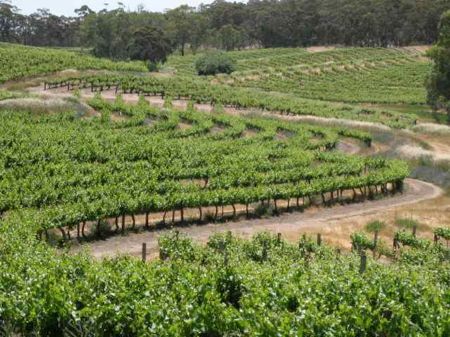Cleanskins

The same conversation that prompted the previous post - the labels and ranges can thrifty wine drinkers head towards without much risk of disappointment - also, unsurprisingly, veered off towards the fifth of the big five Australian wine labels in terms of last bottle bought, namely the cleanskin.
I must admit I’m not 100% cleanskin-friendly myself, but I can understand why they’ve acquired such a significant share of the market.
The average consumer probably isn’t sure how cleanskins come about so, if you need an explanation, here ‘tis.
We see frequent references to the fact that Australian wineries produce much more wine than the local market can absorb, and while there are substantial export sales there is still a large quantity of wine that’s more or less left taking up space in cellars and warehouses across the country.
Exactly how much wine falls into that category is, of course, difficult to tell. It’s not the sort of info that your average CEO is going to be shouting from the rooftops.
But it does need to be sold, it cost money to produce and bottle, grape growers were paid, even if they mightn’t have been paid too much, so how do you do it? And when you do sell it, how do you move it without doing too much collateral damage to your brand name, particularly if you’re a relatively small producer?
Small producers, after all, aren’t churning out the volume s the major players in the industry use as a major negotiating tool when they’re dealing with the big liquor chains.
If small producers are going to survive they need to be able to get the best possible price for what they produce. If you’re only producing one or two thousand cases every year, there’s not much room for error.
More...

